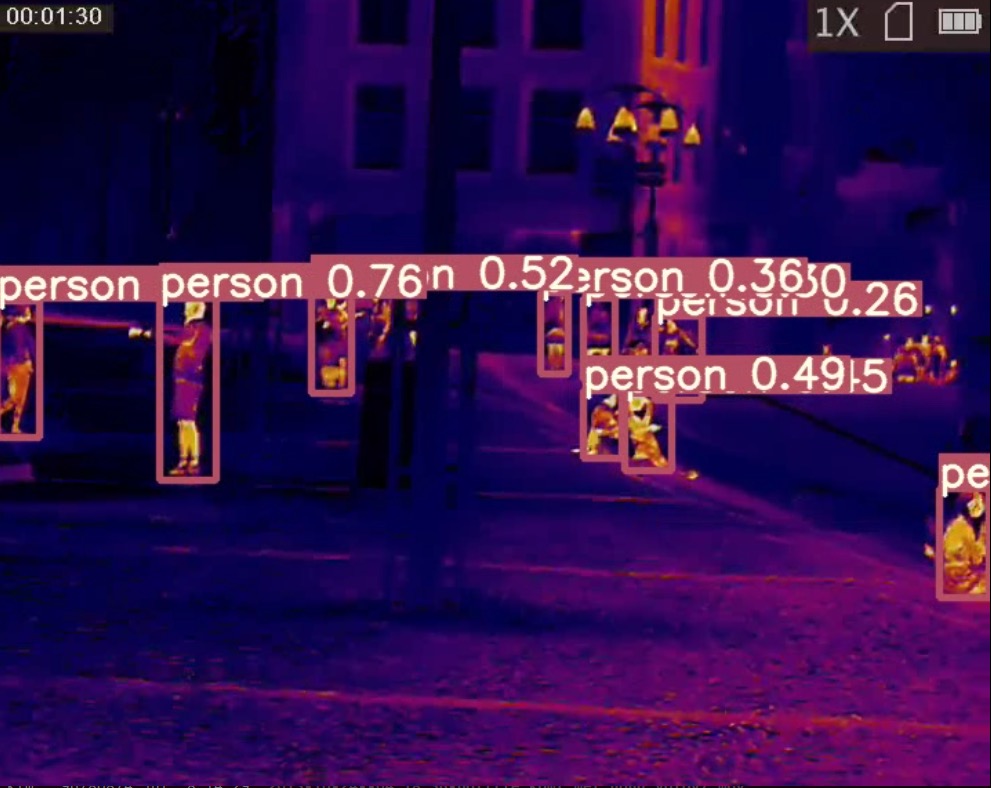Hi everybody,
Im Alex González, a consultant and researcher in sustainable tourism and conservation. I'm currently consulting a conservation organisation for the development of a monitoring system of wildlife-human interaction in a nature protected area in Spain. the aim is to monitore the interaction between visitors and falcon breed behaviour through the development of a "virtual fence" (VF) and to gain new evidences to mitigate environmental conflicts through better spatial regulations, environmental surveyance and awareness campaigns. The VF will be integrated by two cameras at falcon nest, plus a panoramic camera, the installation of eco-counters for walkers, cyclers and vehicles at one footpath and a forest track, and a thermal camera at the same footpath. Adittionally, two GPS rings will monitor juvenile falcons migration and recolonization behaviour at early life stage. The cameras will collect information about breeding cycle and nesting success, and other behaviours like abandoning the nest. The eco-counters will count visitors mobile practices through the paths and tracks surronging the nesting area. The thermal camera will collect information about visitor behaviour invading the nesting conservation area. An Artificial Intelligence Algorithm will be designed to monitor visitor mobile behaviour and provide near real-time alarm system for park rangers. Data will be analysed systematically and longitudinal by a research centre in collaboration of the park managers to asess the wildlife-human interaction effects on conservation. I will update results in this forum asap.
QUESTION FOR THE COMMUNITY?
Is anyone know any experience in monitoring wildlife-visitor interaction throught thermal cameras? Because we have researched and we have not found anything beyond poaching surveyance.
Thanks!!! and keep in touch:)
21 June 2022 9:20pm
You should talk with the folks at Arribada Initiative, like @Alasdair, as they've used thermal cameras to automatically detect polar bears & alert local response teams (to avoid human-wildlife conflict). The folks at ConservationAI are also doing similar work. RESOLVE also has the Trailguard system
Most of the geofencing projects I know of are working with tags rather than cameras (e.g., LionShield, Save the Elephants) but it sounds like that wouldn't be as relevant for your needs.
The Conservation Tech Directory may have other examples as well.
23 June 2022 1:41pm
At Ol Pejeta, through the Kifaru Rising project, we have 19 FLIR thermal cameras that we use to address poaching as a conservation challenge.
The cameras have been deployed along a key fence line and are monitored 24/7 by a dedicated team.
The cameras have inbuilt analytics capabilities which allow us to design virtual fences/boundaries.
An Alert is generated whenever a human or vehicles crosses the virtual fence. Following an alert, appropriate ranger action is undertaken depending on the video content recorded with each alert.
I think the Alert feature available with these cameras could be leveraged to monitor the wildlife visitor interaction, seeing as a video clip is recorded with each alert, the thermal video clips could be reviewed to assess the wildlife-human interaction effects.
15 December 2023 8:09pm
Hi,
This is a really late answer but I was new to wildlabs then. I have a security appliance that uses state of the AI models and user defined polygon areas of interest that generates video alerts of intrusions in typically under a second.
Although its setup to install automatically on an NVidia AI on the edge boxes of your intentions were to monitor a great deal of cameras you could also install it on a desktop with a high end GPU for very high performance. At home I use a desktop with an rtx 2080ti and monitor around 15 cameras and a thermal imaging camera (old one).
I have also tested a high end model (yolov7) on a high end thermal imaging camera image and it works fine as well.

Thermal imaging cameras are hellishly expensive though and I’ve found that new extremely light sensitive cameras like the HIKvision colorvu series almost obsoletes them in terms of people detection at night at a fraction of the cost.
If you are interested I’d be happy to show you a demo in a video meeting sometime if you like. I’m pretty sure it would meeting all your intrusion detection and alerting needs.
My project page is















Carly Batist